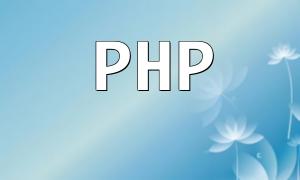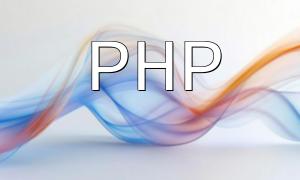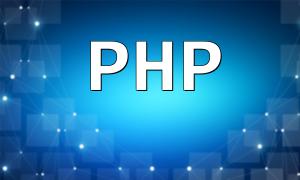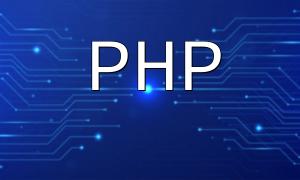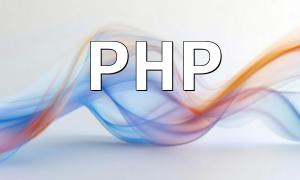In web development, JSON (JavaScript Object Notation) is one of the most commonly used data exchange formats. PHP, as a popular backend development language, is also widely used for processing JSON data. To improve user experience and optimize data handling, this article will explore how to extend JSON functionality in PHP, specifically how to implement the "fat" functionality to handle more complex data structures.
The so-called "fat functionality" refers to extending the traditional JSON data structure, allowing it to store more information or support more flexible key-value pairs. This not only enhances the expressive power of the data but also enables better interaction with the frontend, improving data management and display capabilities.
Before implementing the fat functionality, let's first look at how to work with JSON data in PHP. PHP provides built-in functions to easily encode and decode JSON:
The above code demonstrates how to convert a PHP array into a JSON format. The corresponding decoding operation is as follows:
In some cases, simple JSON structures may not meet the needs of more complex applications. For example, certain APIs may require additional information or support for more dynamic key-value pairs. Relying on basic JSON formats may lead to data management challenges and conflicts.
Implementing fat functionality involves designing more complex data structures. In PHP, we can use nested arrays or objects to create richer data structures. For example:
In this code, we are not only storing basic user information, but also adding contact details. This approach greatly enriches the data while maintaining a good hierarchical structure.
By extending JSON data structures and adding fat functionality, developers can handle more complex data in a flexible manner. This approach improves backend data processing capabilities and makes frontend data display more user-friendly. Mastering this technique will make you more proficient when dealing with modern web applications.

